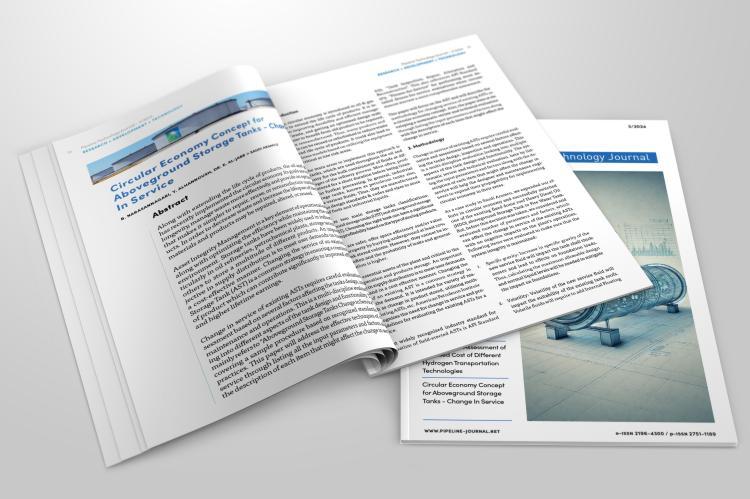Circular Economy Concept for Aboveground Storage Tanks - Change In Service

Along with extending the life cycle of products, the oil and gas sector has recently implemented the circular economy. Its goals are to increase longevity, manage waste more effectively, and provide an optimal design that makes it simpler to repair, reuse, or remanufacture outdated products. In order to decrease waste and increase the lifespan of items, many materials and products may be repaired, altered, or reused.
Asset Integrity Management is a key element of operational excellence along with optimizing the efficiency while maintaining the safety and environment. Storage tanks have been widely used in industries, particularly in oil refineries, petrochemical plants, storage terminals and others to store a multitude of different products. An important objective in supply distribution is to meet user demands on time and in a cost-effective manner. Changing the service of an existing Above Storage Tank (AST) is a common strategy in ensuring a continuous flow of product which can contribute significantly to improved efficiencies and higher lifetime earnings.
Change in service of existing ASTs requires careful evaluation and assessment based on several factors affecting the tanks design, inspection, maintenance and operations. This is a multi-discipline evaluation looking into different aspects of the tank design and functionality. The paper mainly refers to “Aboveground Storage Tanks Change in Service” through covering a sample procedure based on recognized standards and best practices. This paper will address the effective techniques of changing service through listing all the input parameters and factors along with the description of each item that might affect the change in service
